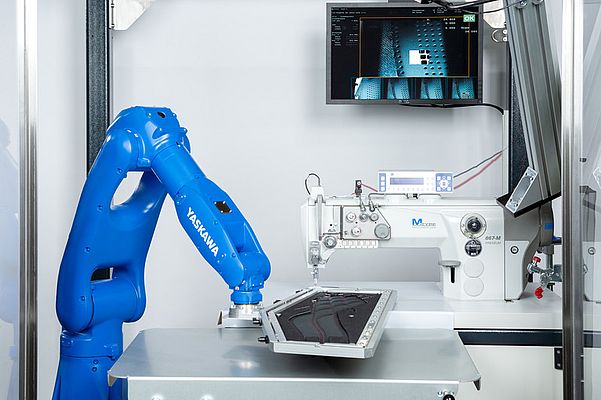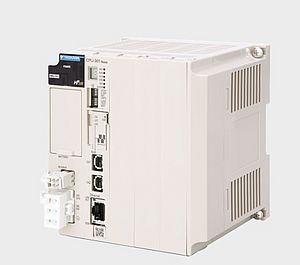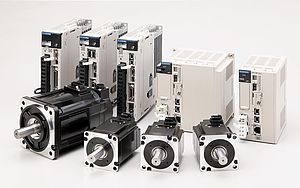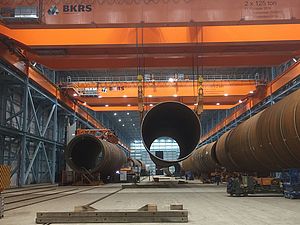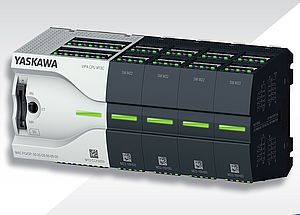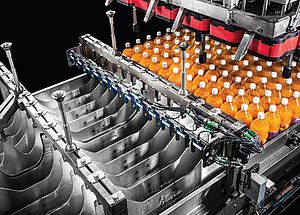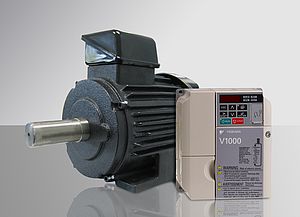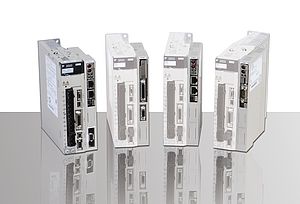KMF Maschinenbau in Schwäbisch-Gmünd has been specialising in the manufacture of automatic sewing machines since 1973. While the customer base at its start-up consisted mainly of clothing manufacturers, today most orders come from the automotive sector – and these are customers who demand top quality.
Dietmar Kuhn, plant manager at KMF, specifies the requirements: “When it comes to leather seat covers for premium vehicles, the parallel decorative stitching must be accurate to a tolerance of half a denier – and with a 0.4 mm thick thread that means 0.2 mm. That’s why these high-quality curved seams in parallel lines are virtually impossible to produce by hand.” Besides that, well-trained seamstresses who can cope with the stress of intense concentration in piece- and shiftwork are hard to find.
In order to comply with customer requirements for high quality appearance from the automotive industry there is a constant need for new, innovative solutions. Subject to the dictates of quality and cost-effectiveness, the experts at KMF see gigantic potential in robotics for providing process-reliable solutions. They have already acquired robotics experience in the automatic application of spray adhesives to upholstery and are using this know-how for the development of robot-aided sewing technology.
Need for fast and precise six-axis robots
The criteria of dynamism, range and precision played a decisive role in the selection of a suitable robot. Because the required tolerance on the finished part was 0.2 mm and leather as a natural material is subject to variations, the company set about locating a six-axis robot with a repeatability that was better by about the power of ten. In addition, it was extremely important to KMF that the robot manufacturer should have a global network, as 75% of its automatic sewing machines are for export.
“Following an intensive market analysis we found the ideal combination in Yaskawa as a system partner and the Motoman GP7. With a repeatability of 0.03 mm the robot is extremely accurate, its reach of almost one metre also fits the bill, and dynamically the six-axis robot can keep pace with our sewing machines,” stresses Kuhn. This robot forms the basis for the fully automatic RoQom 6000 sewing system, which also comprises a sewing machine, image processing system, safety SPS and corresponding templates in which the parts are secured.


